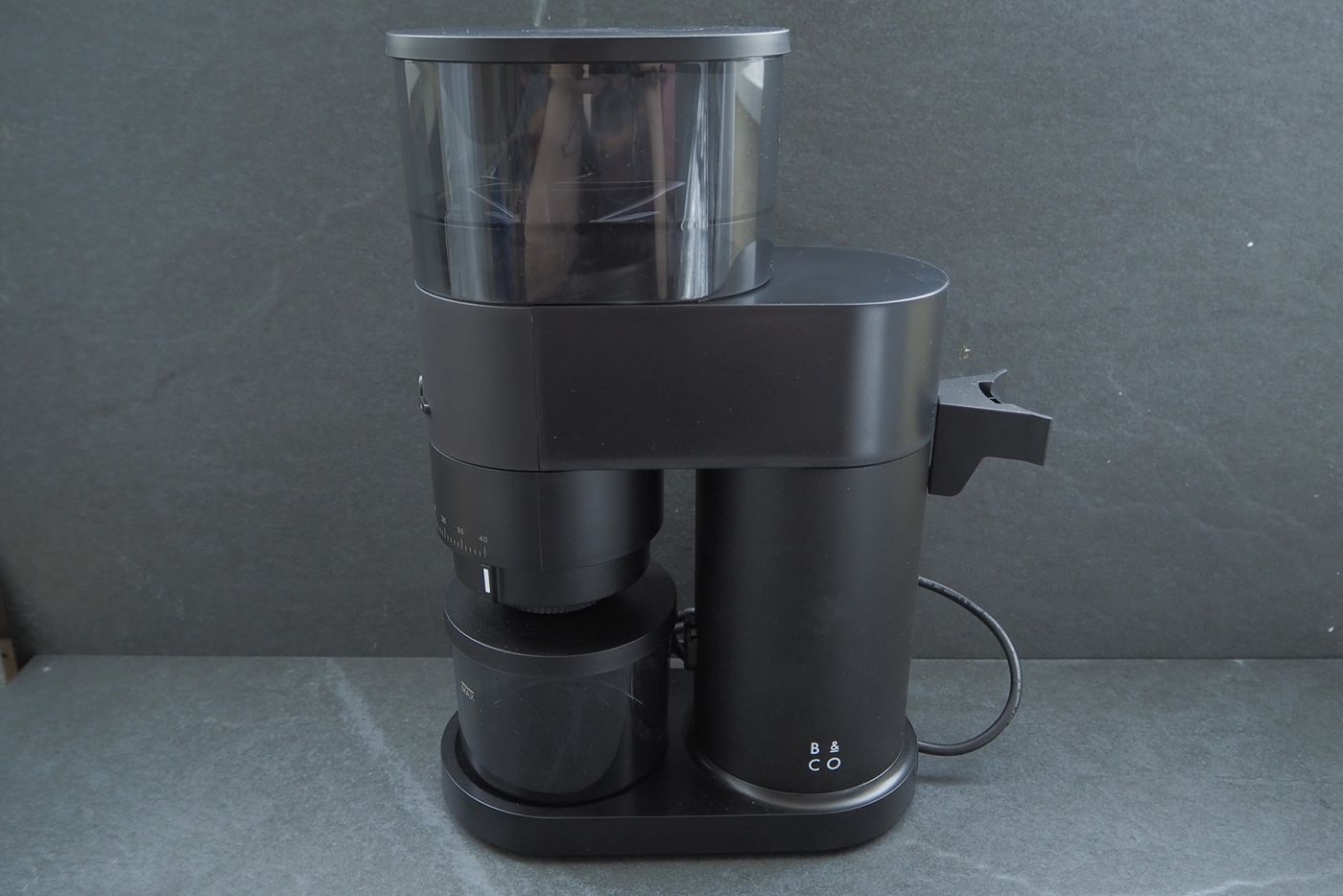INDIAN MONSOON MALABAR COFFEE
Indian Monsoon Malabar Coffee
As low as
£13.00
The famed 'monsooned Malabar' - is made by a process unique to India, and gives a distinctive, potent cup. It dates back to coffee farming under British colonial rule when during the several months that it took to ship green coffee from India to Europe, the humidity and sea winds caused the beans to swell and age. As transport improved the beans suffered less from the elements en route, so coffee-drinkers noticed that the coffee was losing its usual character and distinctive, bold flavour. To create a 'monsooned' crop, natural sun-dried green coffee is stored in open-sided warehouses on the coast, which allows moist tropical air from the monsoon winds to blow through the storage area. Over 2 to 3 months, the beans absorb moisture, lose most of their natural acidity and swell to around double their original size, becoming brittle and pale. The process starts when the monsoons begin. Tasting notes include spicy, earthy, smoky, tobacco, fig and plum. It is grown in Karnataka, the Western Ghats of South India. It is grown on the Kents, S.795, Catimor and Selection 9 varietals of Arabica coffee plant.
Why not add
-
£110.00
Most people in North America think of India as a leading producer of fine teas. Few associate India with top grade speciality coffees. India has been a producer and exporter of exceptional coffees for over 150 years. Today, India is the fifth largest producer of Arabica coffee in the world, behind Brazil, Colombia, Mexico, and Ethiopia.
India's romance with coffee goes back nearly 400 years. Legend credits a Muslim pilgrim, Baba Budan, with bringing back seven coffee seeds from a pilgrimage to the Holy Land. He is said to have planted them near his mountain cave in Chikmagalur, Karnataka State, now considered the cradle of Indian coffee.
Commercial cultivation of coffee in India began in 1840 when the British established coffee plantations throughout the mountains of Southern India. They found the tropical climate, high altitude, sunny slopes, ample rainfall, soil rich in humus content, and well-drained subsoil ideal for coffee cultivation.
The colour, shape, and size of the beans as well as their aroma and taste are the results of special post-harvest processing. Indian coffee was historically shipped to Europe in wooden sailing vessels, taking four to six months to sail around the Cape of Good Hope before reaching their destinations. Coffee, stored below the water line and kept in a humid atmosphere by moisture seeping through the wood, underwent a form of treatment on its long voyage to market. When the coffee reached Europe, its colour had changed from bright green to pale gold and its new crop acidity had disappeared. This "Monsooning" process was later systematically replicated in India with the goal to consistently reproduce the familiar flavour from the historic voyages to the European ports.
The Monsoon process consists of exposing natural coffee beans in layers of 4-6 inch thickness to moisture-laden Monsoon winds in a well-ventilated brick or concrete-floored warehouse. This process is carried out on the West Coast of India, making use of the winds from the Arabian Sea during the Southwest Monsoon months of June through September.
The processing begins with top grade beans, Arabica Cherry-AB, that has already been processed by the dry method. To equalize moisture absorption, the beans are raked frequently, followed by bulking and re-bagging at regular intervals. At the end of the monsoon season, this coffee is re-bulked, graded again, bagged and moved to a drier region for longer-term storage. In this 12-16 week process, the beans absorb moisture in stages, swelling to nearly twice their original size and developing colours ranging from pale gold to light brown. The end result is a special, unique flavour. Tasting notes include spicy, earthy, smoky, tobacco, fig and plum.

